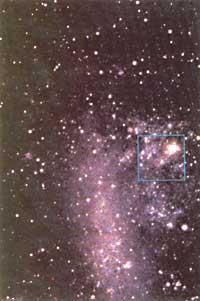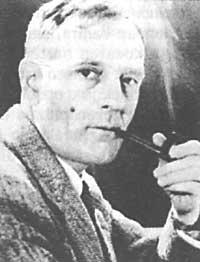New Supernova
1990/03/01 Elhuyar Zientzia Iturria: Elhuyar aldizkaria
Astronomers have detected the most remote supernova ever seen, in a cluster of galaxies 4 billion years from us. This discovery may be important in calculating the speed of propagation of the universe.
The researchers (Hans Norgaard-Nielsen, Leif Hansen, Henning Jorgensen, Alfonso Aragón, Richard Ellis and Warrick Couch) discovered it in 1988, when the supernova named U exploration of remote galaxies.
Since 1986, this group has studied sixty cluster galaxies through the Danish telescope La Silla, in Chile. The 1988 supernova U appears for the first time in the photograph taken on August 8. From that moment on, the William Herschel telescope, located in the Canary Islands, also began to work. It was observed that the supernova was type Ia and that it was located in the center of the galaxy cluster.
Type Ia supernovae are important for cosmologists, as they all have a similar maximum brightness level. This absolute brightness is one of the four factors that give it the brightness that shows the supernova from Earth. Other factors, the amount of light produced by interstellar dust, the distance to which the supernova is located and the amplitude of the universe.
All factors can be calculated relatively easily, except the rate of deceleration of the universe.
In the open universe (that is, in the universe that expands forever) the supernova looks brighter than in the closed universe (a universe that ceases to expand).
The effect of the deceleration speed on the apparent brightness of the supernova depends on the distance. At the distance of the supernova, the brightness difference between the closed and open universe supernovae is of magnitude 0.28. As the difference is very small, there are many supernovae to study to obtain reliable conclusions.

Gai honi buruzko eduki gehiago
Elhuyarrek garatutako teknologia




